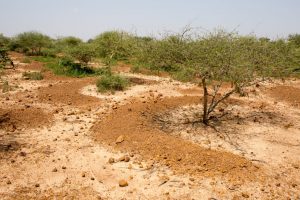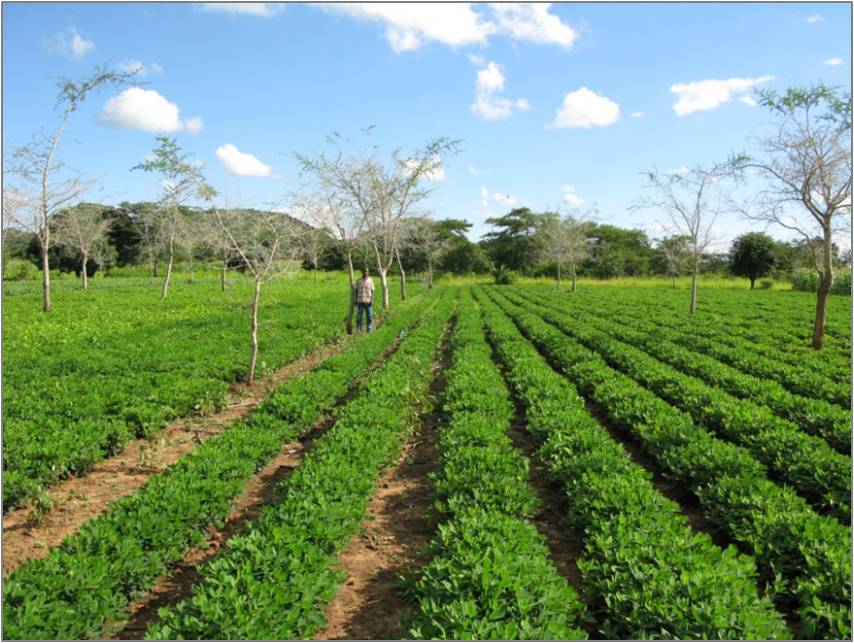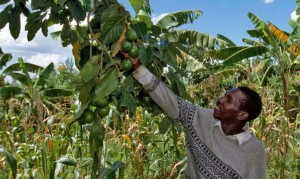 “I flew from Ethiopia, and you can see it when you fly over the border from Chad to Niger,” says Dr. Kelechi Eleanya, an instructor at the Yale School of Forestry and Environmental Studies. “From the plane window I noticed the colors shift quite rapidly from warm reds to cool greens.”
“I flew from Ethiopia, and you can see it when you fly over the border from Chad to Niger,” says Dr. Kelechi Eleanya, an instructor at the Yale School of Forestry and Environmental Studies. “From the plane window I noticed the colors shift quite rapidly from warm reds to cool greens.”
Though Niger is currently facing slow growth in terms of the human development index, or literacy rate, it is a diamond in the rough for Forest and Landscape Restoration (FLR).
“Niger is an interesting country according to its existing experiences in landscape restoration, and also the dedication by the government on this topic,” adds Horst Freiberg, Co-Head of Forest Conservation and Sustainable Forest Management, Biological Diversity and Climate Change Division at the German Ministry for the Environment, Nature Conservation, Building and Nuclear Safety (BMUB).
As a part of the Second Annual AFR100 Partnership meeting in Niamey, Niger, delegates visited local restoration sites: tributary projects that swell together to form a stunning five-million-hectare Nigerien success story in Farmer-Managed Natural Regeneration (FMNR). At these sites, the triumph of this people-centered approach is obvious.
The first site was Tchida village, 55 kilometers West of Niamey. Here, Programme d’Action Communautaire Phase 3 (PAC 3) — funded by the World Bank; Global Environment Facility (GEF), and the Government of Niger — rolled out in 2010 with an ambitious plan to green 120 hectares, primarily using the economically-versatile Gum arabic tree (Acacia senegal).
This sprawling project site was a first encounter with what the local community was calling — in translation — a “demi-lune” method for building up soil carbon and bolstering water infiltration. Also called zaï pits or tassa, this restoration method was detailed in the 2010 documentary film The Man Who Stopped the Desert.
Tchida is situated in a climate of extremes: historically the rainy season has flooded the village and carried away valuable soil carbon and biomass, while the dry season brings a “hunger gap” between the time food stocks run out and the next harvest. Thus a landscape-level solution for restoration on these lands must to address flooding, water infiltration, soil carbon capture and food security.

The answer to all of these woes is deceptively simple: digging shallow pits, filling them with biomass (dung, green compost), planting a nitrogen-fixing acacia in the middle, and surrounding everything with a crescent of sand and rock is enough to stop the floodwaters and force them to percolate down to nourish tree roots long after the rains stop. Whatever they are called in the local parlance, be it zaï, tassa or demi-lune pits, they have the potential to stop the desert.
Originally published on the Global Landscapes Forum website.
Click here for the full story.




